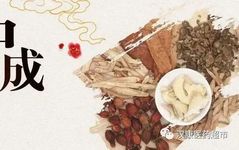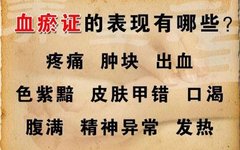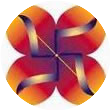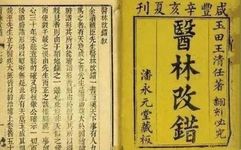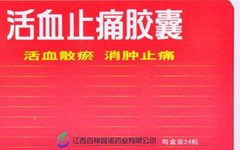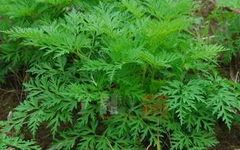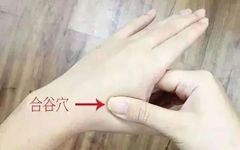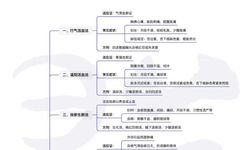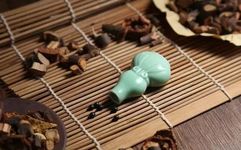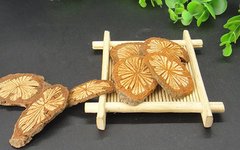The 7 Most Effective Traditional Chinese Medicines for Activating Blood Circulation, Reducing Swelling, and Alleviating Pain
Today marks the 3195th day of Han Kang Medicine accompanying you. In daily life, it is inevitable to have bumps and bruises, and sometimes we encounter minor accidents, making injuries quite common. Therefore, today Han Kang Medicine will introduce several medicines that activate blood circulation, reduce swelling, and alleviate pain for your reference in case … Read more

